| Finally, the highlight of my trip to Gyalthang, Ganden Sumtseling Monastery. We visited it right on the 1st day of the visit, but because I took so many pictures (as you will see), the monastery is worth its own post. Other photos from day 1 are in this post. Then there was the Golden Temple & the old town on day 2, & last time just some walks around town on the 3rd day. Let's go. | Endlich zum Höhepunkt meiner Reise nach Gyalthang, dem Kloster Ganden Songtsenling. Wir waren gleich am 1. Tag dort, aber weil ich soviele Fotos habe, brauchte es einen eigenen Beitrag. Die anderen Bilder vom 1. Tag finden sich hier. Dann waren da der Goldene Tempel & die Altstadt an Tag 2, & letztes Mal einige Spaziergänge am 3. Tag. Los geht's. |
|---|
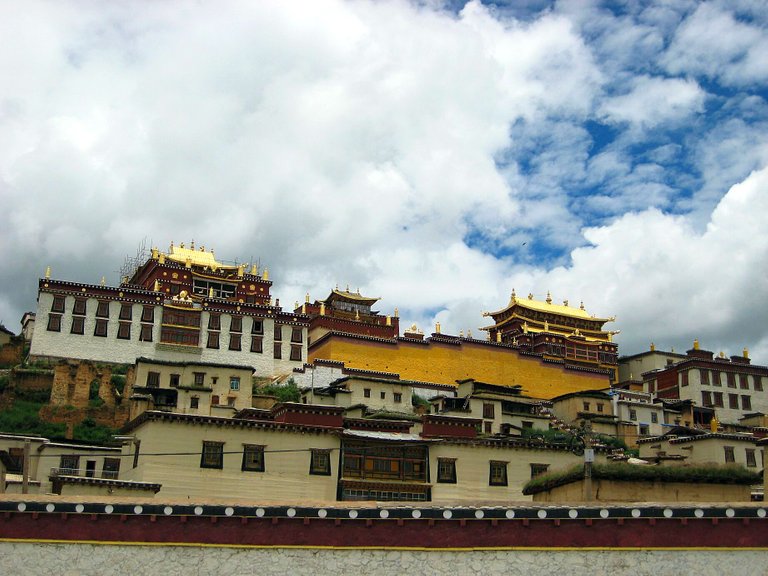
| The monastery is a place with many names. Wikipedia gives us beside Ganden Sumtseling Monastery also Sungtseling & Guihuasi. Then there is Tibetan: དགའ་ལྡན་སུམ་རྩེན་གླིང་, with the Wylie transcription of dga' ldan sum rtsen gling, & the THL as ganden sumtsenling, while in Chinese it is 松赞林寺, with pinyin Sōngzànlín Sì). Beside that I also found another Tibetan transcription: dga' ldan srong btsan gling. Originally it was built in 1679, but was largely destroyed during the Cultural Revolution. What you see now was mostly built in the 1980's & after. | Das Kloster ist ein Ort mit vielen Namen. Neben Kloster Ganden Songtsenling erscheint das tibetische དགའ་ལྡན་སུམ་རྩེན་གླིང་ , die Wylie-Umschrift dga' ldan sum rtsen gling, das chinesische 噶丹松赞林寺 mit der Pinyinumschrift Gádān Sōngzànlín Sì. Daneben gibt es noch andere, wie z.B. dga' ldan srong btsan gling. Das Kloster stammt aus dem Jahr 1679, wurde aber in der Kulturrevolution weitgehend zerstört. Was man heute sieht, stammt aus der Zeit nach 1980. |
|---|
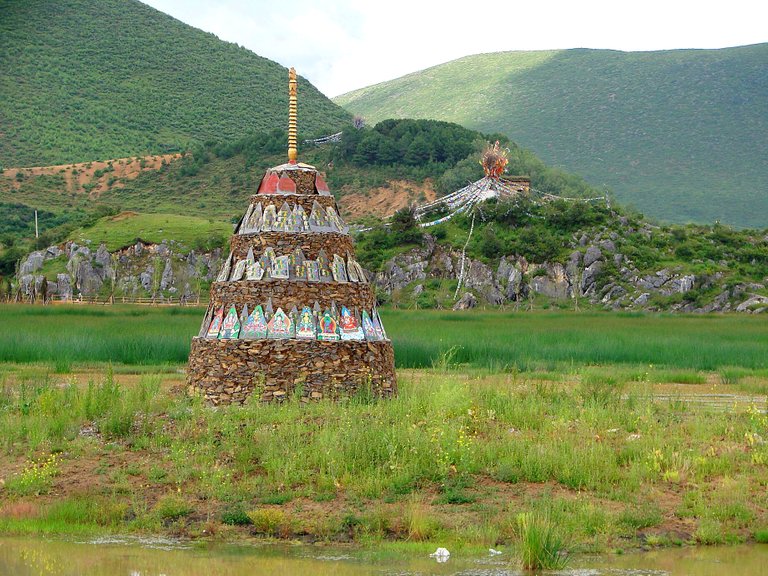
| The monastery belongs to the Yellow Hat sect, the Gelukpa order of the Dalai Lama. Depending on the source, it houses 500-700 monks. The original monastery was a major centre of Buddhist learning & is said to have had up to 2000 monks. Now it's mostly a major tourist attraction. | Das Kloster gehört zur Gelbmützenschule, oder Gelug, des Dalai Lama. Je nach Quelle beherbergt es 500-700 Mönche. Das ursprüngliche Kloster war eines der Hauptzentren buddhistischer Lehre & soll bis zu 2000 Mönche gehabt haben. Heute ist es eher eine Touristenattraktion. |
|---|
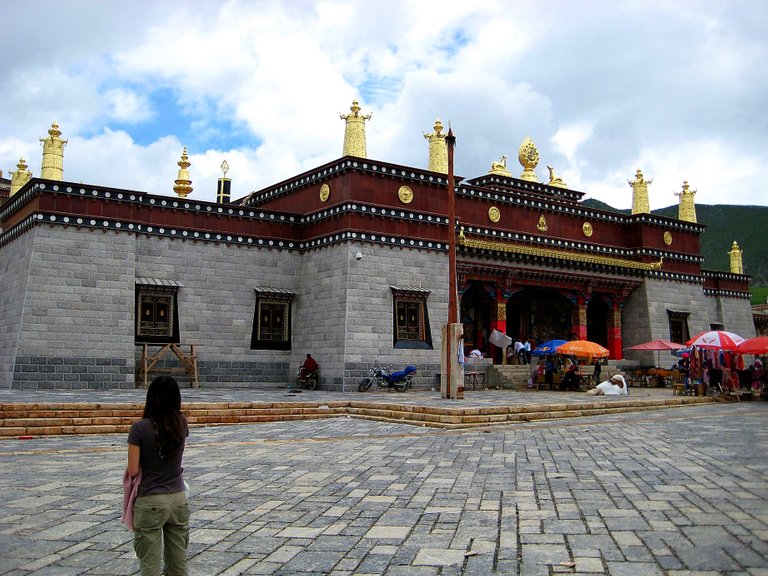
| The recently built ancient entrance to the monastery complex, with gilded pinnacle ornaments on top. According to Wikitravel the current entrance fee is 125 RMB. Most of which does not go to the monastery, btw., but to the local government. | Der neugebaute antike Eingang zum Kloster, mit vergoldeten Dachornamenten. Laut Wikitravel beträgt der Eintrittspreis jetzt 125 RMB. Das meiste davon geht übrigens nicht ans Kloster, sondern an die Lokalregierung. |
|---|

| Some nice decoration inside the gate. Probably some guard gods or demons, but don't ask me who that is (though I suspect the Four Heavenly Kings, more later). I like the style & the colours, but I'm not very familiar with the religious aspects. | Nette Dekoration im Torgebäude. Vermutlich Wachdämonen oder -götter, aber wer genau, weiß ich nicht (obwohl ich die 4 Himmlischen Könige verdächtige). Mir gefallen Stil & Farben, auch wenn mir die religiösen Aspekte nicht viel sagen. |
|---|

| The backside of the entrance gate. As you can see, antiquity was not quite finished yet. Some buildings inside the complex seemed quite a bit older, though: | Die Rückseite des Eingangs. Wie man sieht, ist das Altertum noch recht frisch. Einige Häuser innerhalb des Komplexes scheinen deutlich älter zu sein. |
|---|
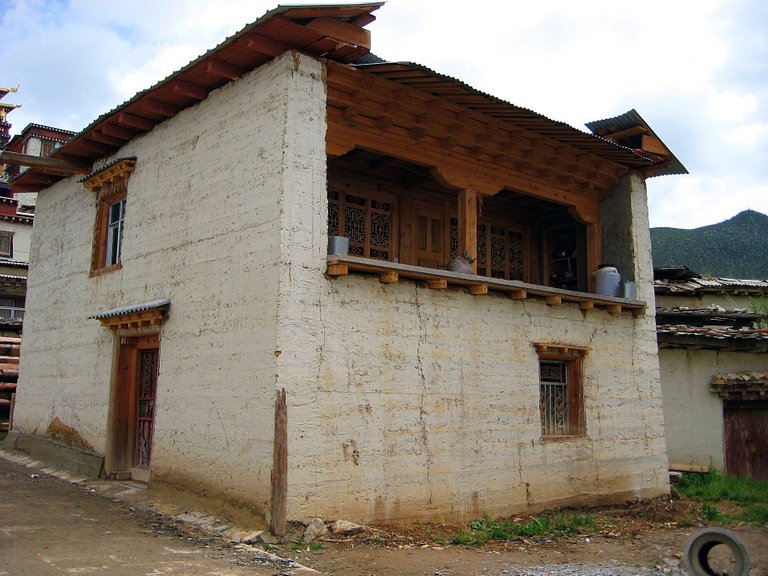

| So old indeed, that they were already falling apart at the corners. | So alt sogar, daß sie an den Ecken schon auseinanderfielen. |
|---|

| Being a tourist trap in China, the usual girls in traditional garb turned up to be photographed with you. For money, of course. I was more interested in the architecture, particularly those fairly simple buildings having ornaments on top: | Eine Touristenfalle in China muß natürlich die üblichen Mädels in Trachten haben, die sich mit einem fotografieren lassen wollen. Gegen Bezahlung natürlich. Ich interessierte mich aber mehr für die Architektur, besonders die einfacheren Häuser mit goldigen Verzierungen. |
|---|

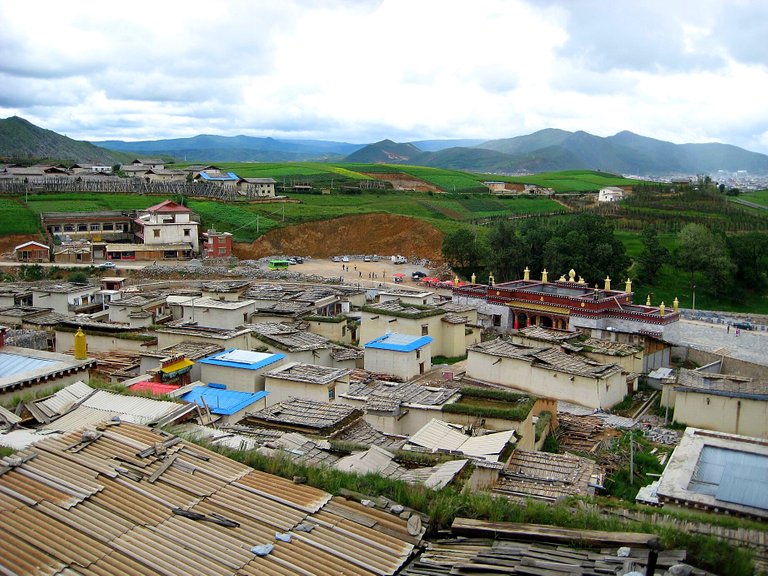
| I wonder how these traditional flat roofs cope with larger amounts of snow. | Frage mich, wie diese traditionellen Flachdächer mit größeren Mengen an Schnee fertigwerden. |
|---|
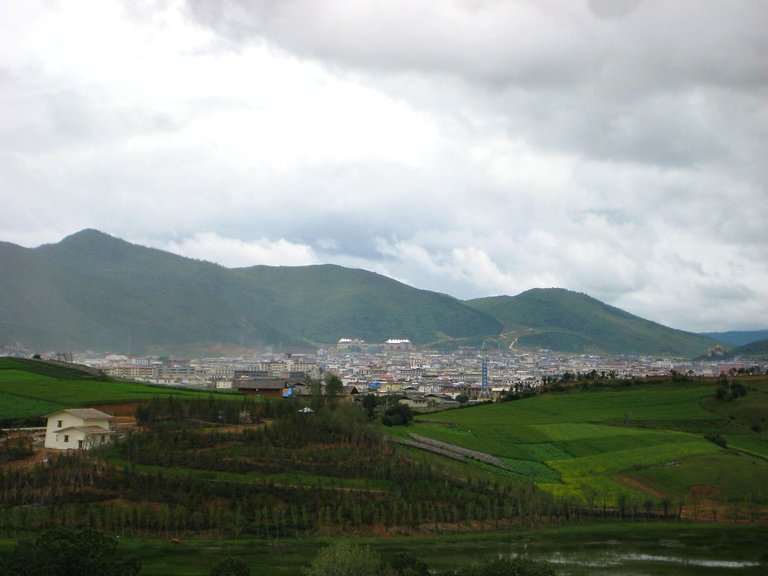
| The monastery is located in the hills to the north of Gyalthang. As part of it is pretty high up, you have a very nice view from there; here towards the south over the city. | Das Kloster befindet sich in den Hügeln im Norden von Gyalthang. Da Teile davon recht hochgelegen sind, hat man einen guten Ausblick, hier nach Süden über die Stadt. |
|---|
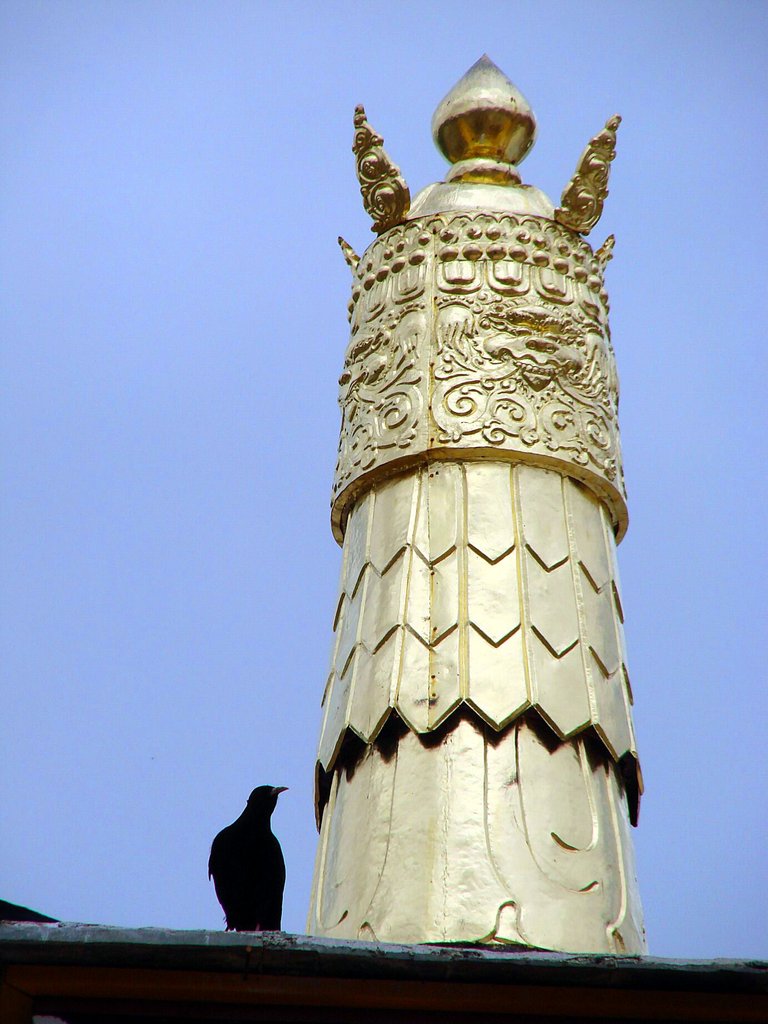
| One of those pinnacle ornaments with a yellow-billed chough (Pyrrhocorax graculus). There were loads these birds around the monastery. Took some time to find the name, because I remembered the German name Dohle as jackdaw, which sent me down a wrong path. Should have looked in the German Wikipedia first. | Eine dieser Dachverzierungen mit Alpendohle (Pyrrhocorax graculus). Gab einen ganzen Haufen dieser Viecher um das Kloster. Habe einiges an Zeit verschwendet, weil ich den falschen englischen Namen suchte. Hätte direkt auf Deutsch nach Dohlen suchen sollen. |
|---|
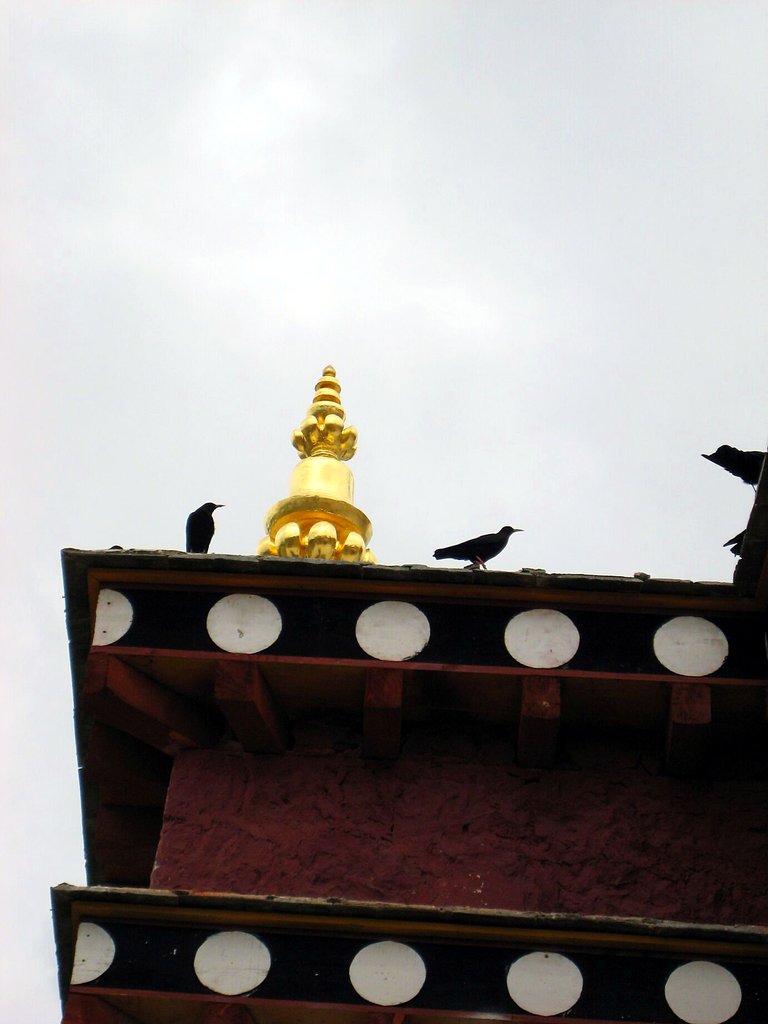
| Inside the monastery is a number of smaller temples. All of these smaller temples seem to me of a more Tibetan style, although Wikipedia tells me that only the main temple is Tibetan & all others Chinese style. You see me confused. | Im Klosterkomplex gibt es eine Anzahl kleinerer Tempel. Diese scheinen mir alle eher tibetischen Stils, obwohl Wikipedia meint, daß nur der Haupttempel tibetisch & alle anderen chinesisch seien. Verwirrend. |
|---|

| Well, OK, the guard lions below look very Chinese, but else? | Nunja, die Wachlöwen unten schauen sehr chinesisch aus, aber sonst? |
|---|
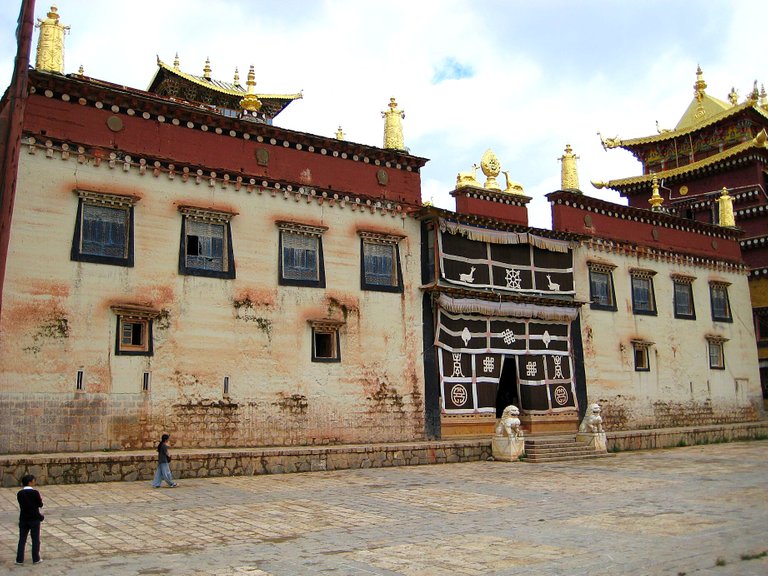
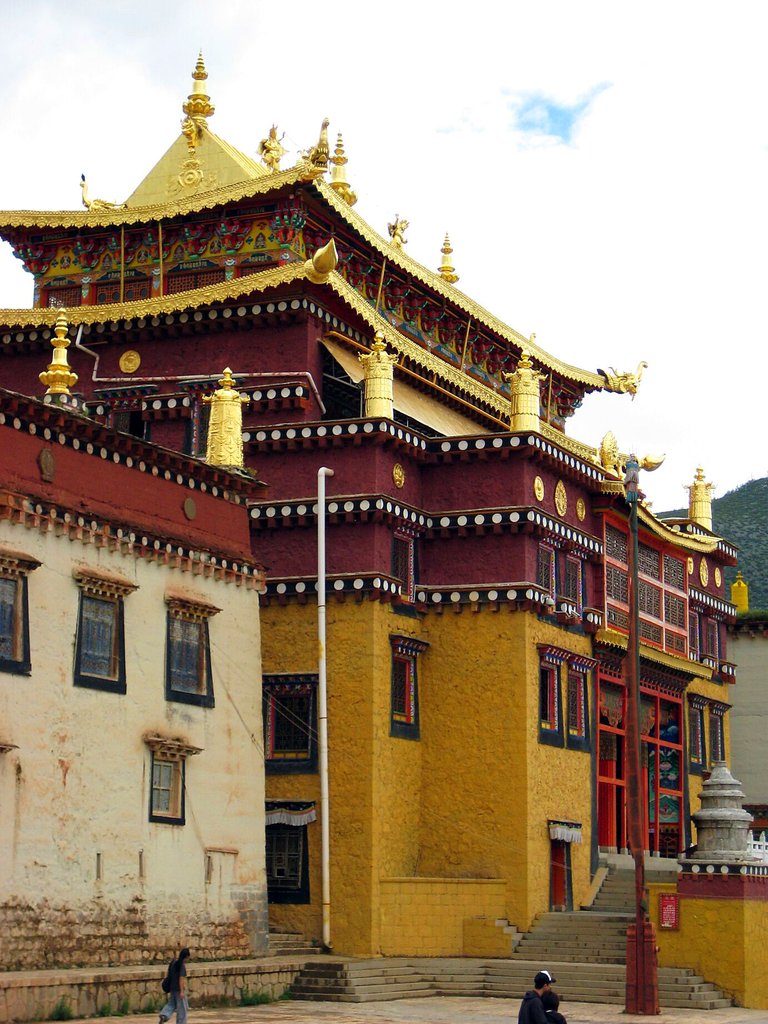
| One of the main buildings. May not be very old, but that massive architecture has something. Maybe a bit too much gold, but else... . Inside, virtually every wall is completely decorated with religious paintings. | Eins der Hauptgebäude. Vielleicht nicht sehr alt, aber die massive Bauweise hat was. Vielleicht etwas zuviel Gold, aber sonst... . Innen ist so ziemlich jede Wand komplett mit religiösen Bildern verziert. |
|---|
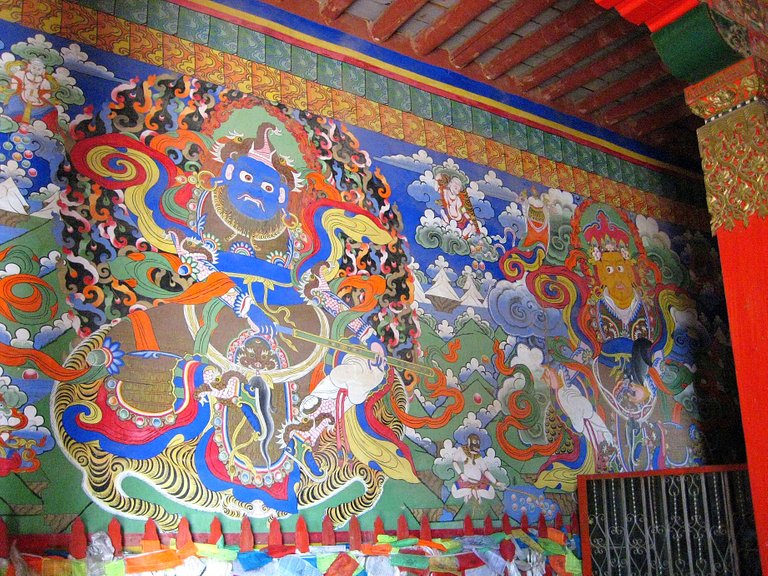

| The blue guy above is probably Virūḍhaka, one of the 4 Heavenly Kings. Beside him, that could be his colleague Vaiśravaṇa. The white guy holding a pipa is Dhṛtarāṣṭra, & beside him, the reddish-brown one is Virūpākṣa. All of this seems to have been repainted by now with quite some differences. | Der blaue Typ oben ist vermutlich Virudhaka, einer der 4 Himmelskönige. Neben ihm ist wohl sein Kollege Vaishravana (Kubera). Der weiße Typ mit der Pipa ist Dhritarashtra, & neben ihm, der rotbraune, ist Virupaksha. Dies alles scheint inzwischen übermalt worden zu sein & etwas anders auszusehen. |
|---|

| The wheel of life (Bhavachakra), supposedly painted to teach non-believers about Buddhism. This one taught me that some paint-job was needed. | Das Lebensrad (Bhavachakra), welches dazu dienen soll, Ungläubigen den Buddhismus nahezubringen. Meine Erkenntnis lautet: Ruft einen Maler! |
|---|
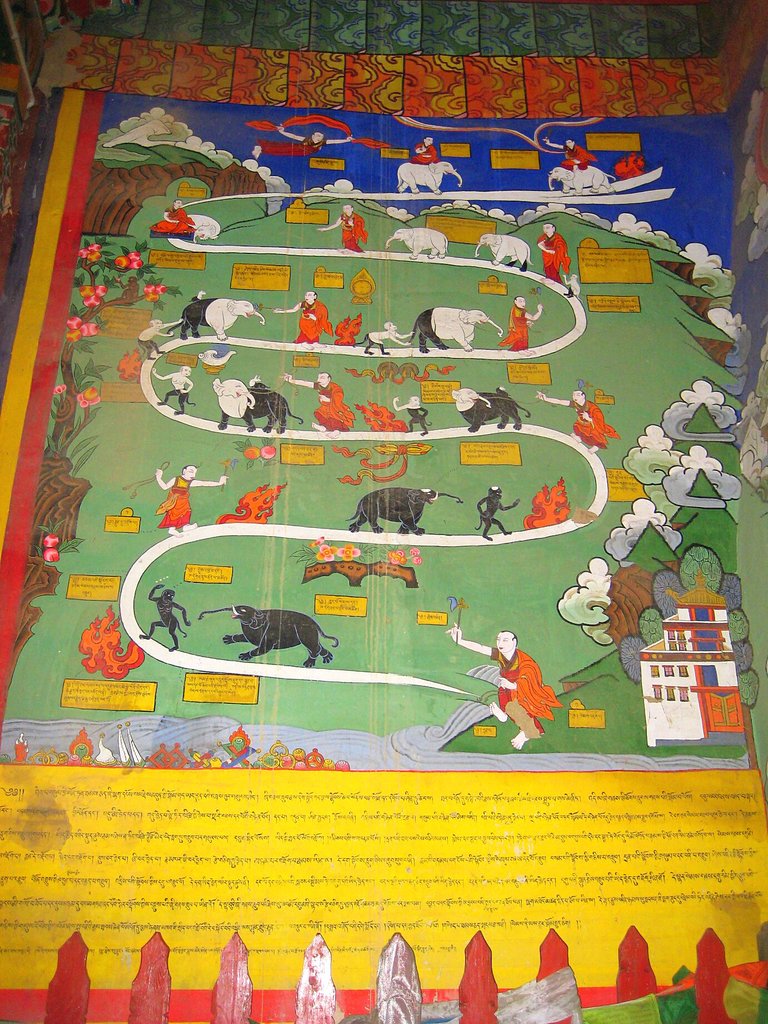

| 2 more Thangkas. The upper one represents Nine Stages of Samatha Meditation, showing you how achieve perfect concentration. (Being easily distracted, I should probably pay closer attention, but... maybe later, first there is something else ...) The lower one, which is also falling apart, probably shows similar stages of learning, until you are able to sit on a tree forever. Perhaps similar to the pillar-saints. | 2 weitere Thangkas. Das obere zeigt die 9 Stufen der Samatha-Meditation, die zur perfekten Konzentration führen sollen. (Leicht ablenkbar sollte ich hier vielleicht näher drauf eingehen, aber ... vielleicht später, erst noch was anderes ...) Das untere, das auch schon abblättert, soll wohl ähnliche Stufen des Lernens zeigen, die zum Baumsitzen befähigen, was an unsere Säulenheiligen erinnert. |
|---|
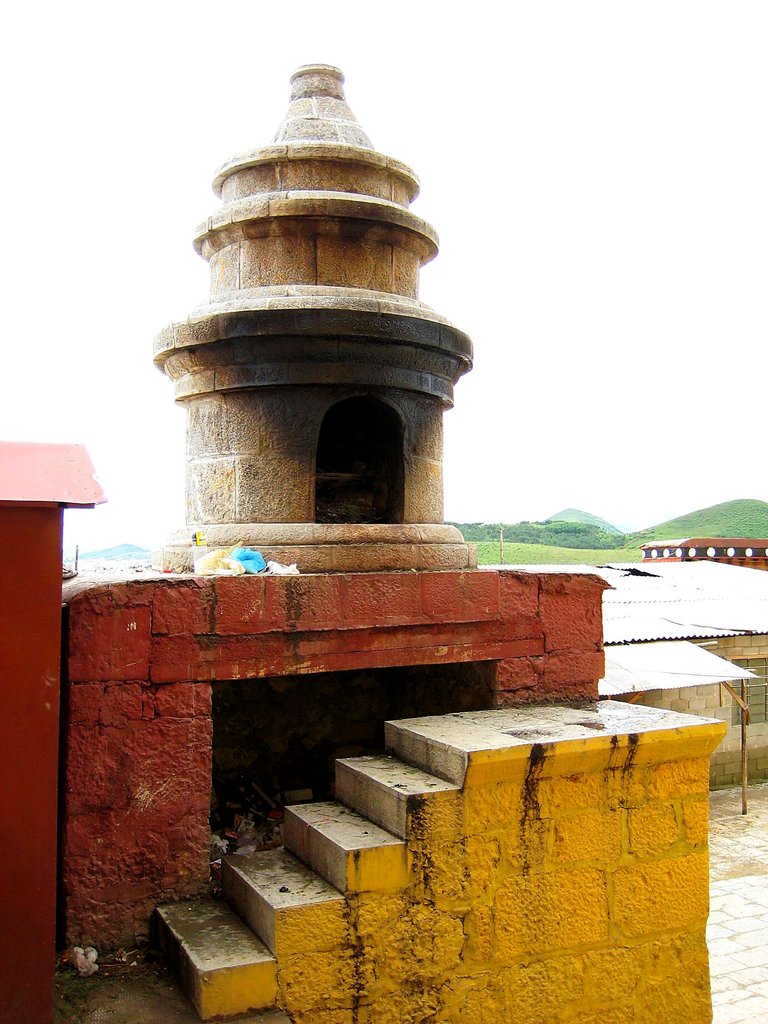
| One of the ubiquitous incense burners. | Eines der allgegenwärtigen Räuchergefäße. |
|---|

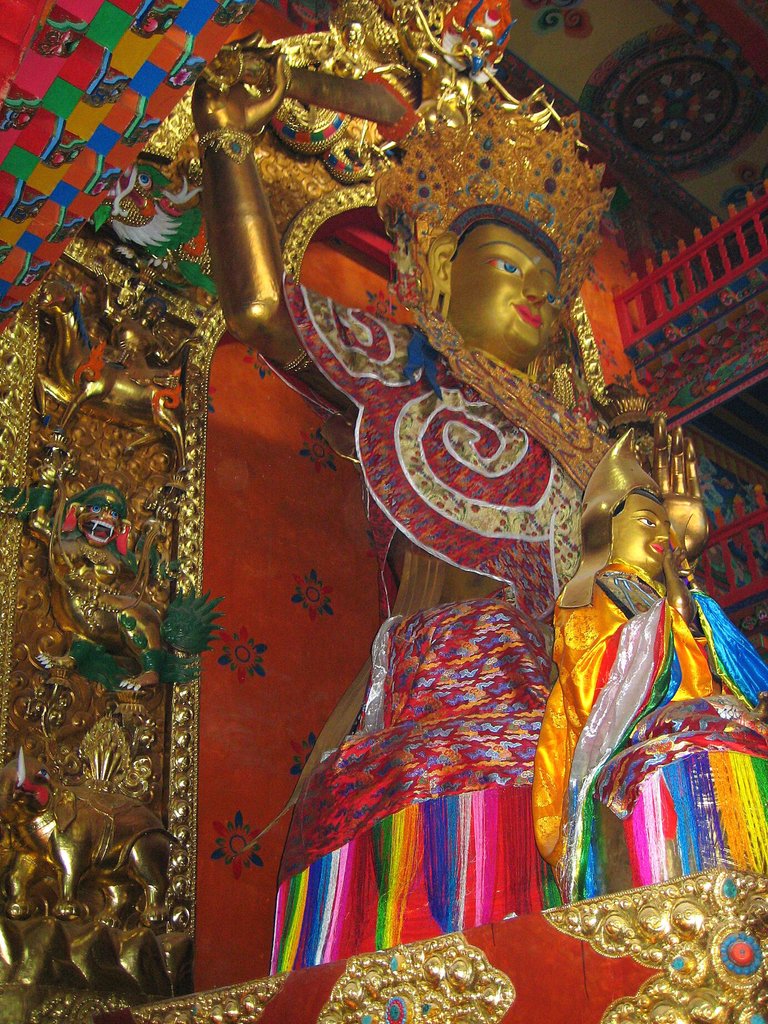
| The one & only. The Buddha. Since I didn't want to use the flash, photos from inside the temples are heavily reliant on the lighting, so vary in quality. | Der einzig Wahre. Der Buddha. Da ich keinen Blitz verwenden wollte, sind die Fotos aus den Tempeln qualitativ sehr vom Umgebungslicht abhängig. |
|---|
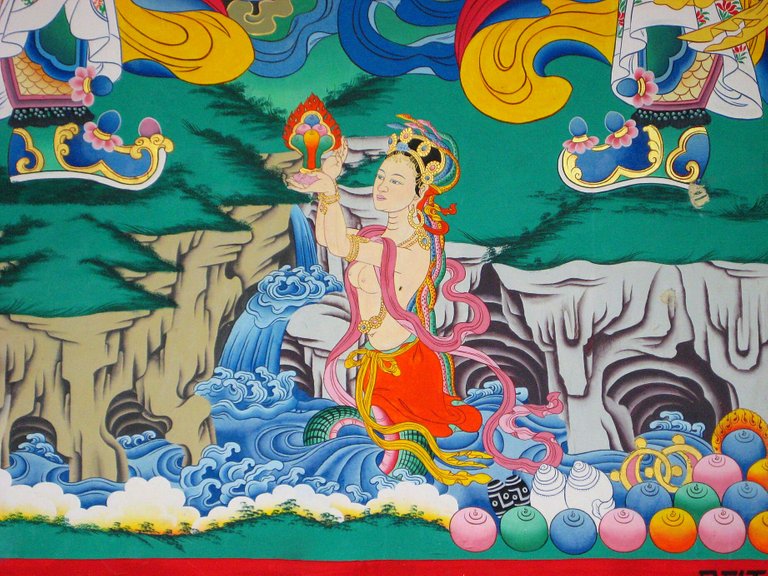
| Interesting little detail from one of the bigger paintings: a nagi (a female naga). Wikipedia: "The nagas are the followers of Virūpākṣa (Pāli: Virūpakkha), one of the Four Heavenly Kings who guards the western direction. They act as a guard upon Mount Sumeru, protecting the dēvas of Trāyastriṃśa from attack by the asuras." | Interessantes kleines Detail eines der größeren Gemälde: eine Nagi (weiblicher Naga). Wikipedia: "In Tibet sind sie unter dem Namen klu bekannt. Sie zählen zu den acht Grundformen der Geister und Dämonen und gehören zu den ältesten dieser Formen. Der größte See Tibets, der Yamzhog Yumco, gilt als eine Wohnstätte der Naga-Könige." |
|---|

| Ceiling decorations. | Deckendekoration. |
|---|

| A more reasonable-sized prayer wheel than the gigantic one at the Golden Temple. | Eine Gebetsmühle etwas vernünftigerer Größe als jene am Goldenen Tempel. |
|---|
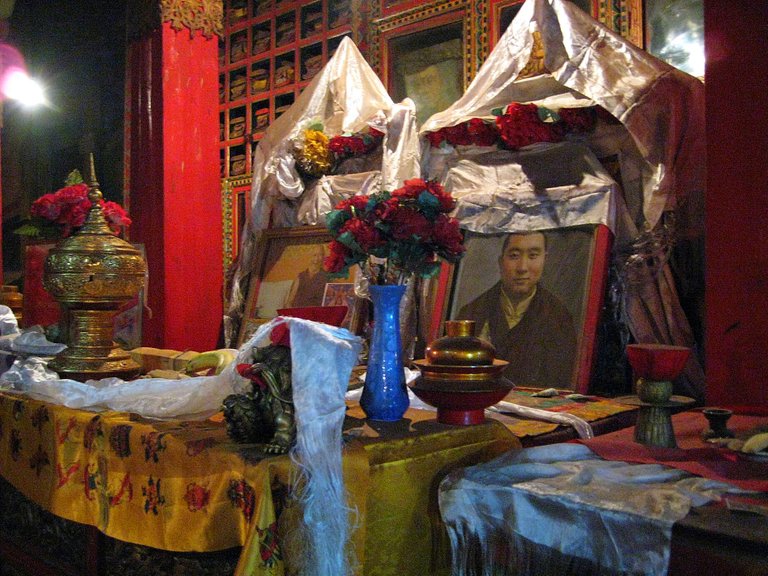
| As usual in Buddhist temples, priests or in this case lamas are honoured. Not the Dalai Lama, though. Don't mention him. | Wie üblich in buddhistischen Tempeln werden Priester bzw. Lamas verehrt. Aber nicht der Dalai Lama. Nie von gehört. |
|---|
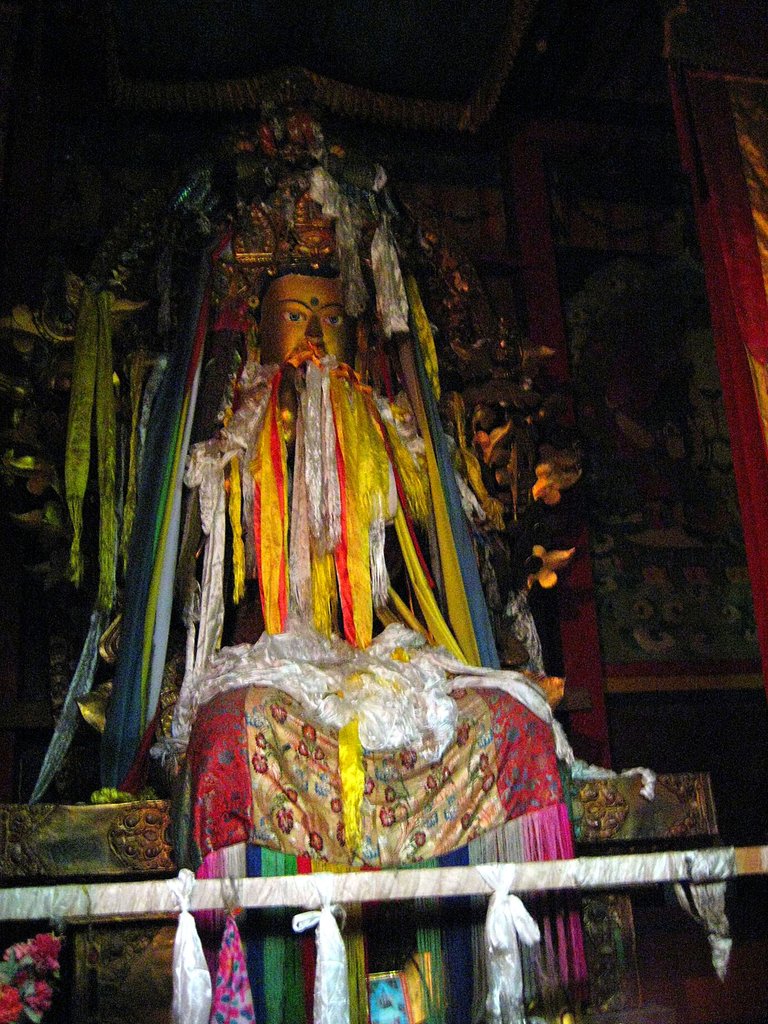
| Another Buddha (I think). | Noch ein Buddha (denke ich). |
|---|

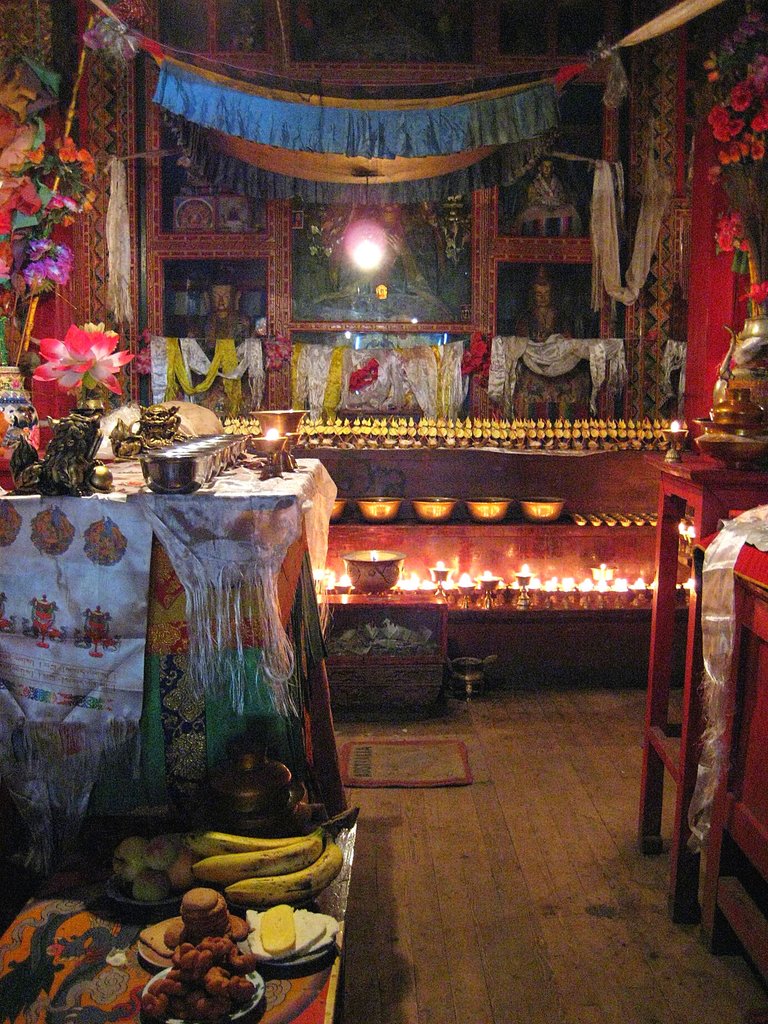
| Now, that looks like a proper temple, where believers actually pray. | Na, das sieht doch wie ein echter Tempel aus, wo tatsächlich Leute beten. |
|---|
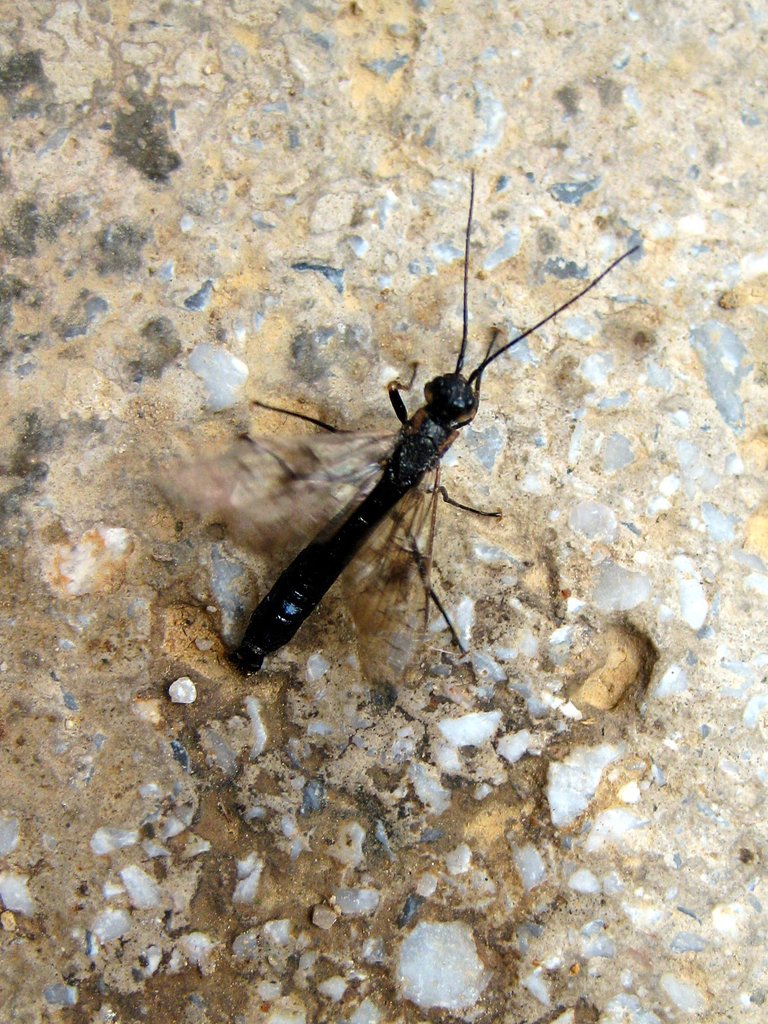
| A very little distraction. Could be some kind of parasitic wasp. | Eine sehr kleine Ablenkung. Wahrscheinlich eine Art Schlupfwespe. |
|---|


| The nice thing of that huge temple complex was, that you could walk around freely & you could see the backside of things. As you can see, maintenance of the parts that tourists don't see is lacking. | Das Schöne an diesem riesigen Komplex war, daß man überall rumlaufen & sich auch die Hinterhöfe ansehen konnte. Wie man sieht, läßt dort die Instandhaltung zu wünschen übrig. |
|---|
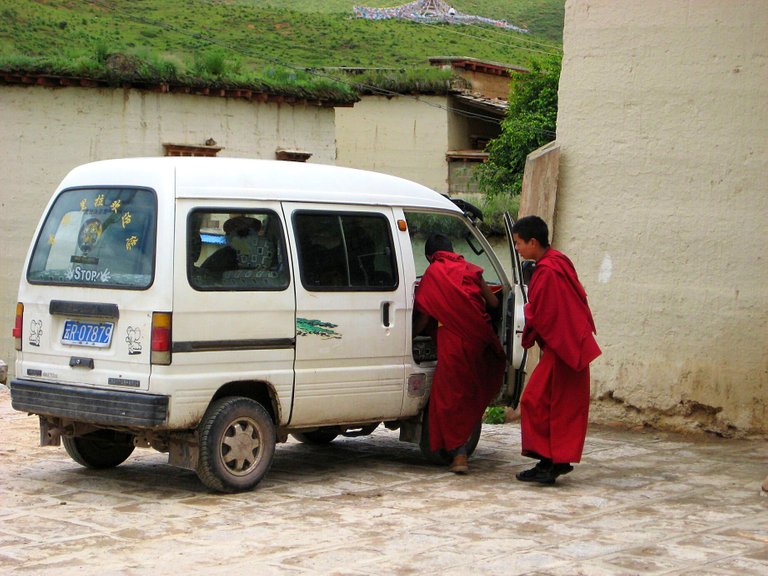
| There really are monks there. | Es gibt wirklich Mönche dort. |
|---|
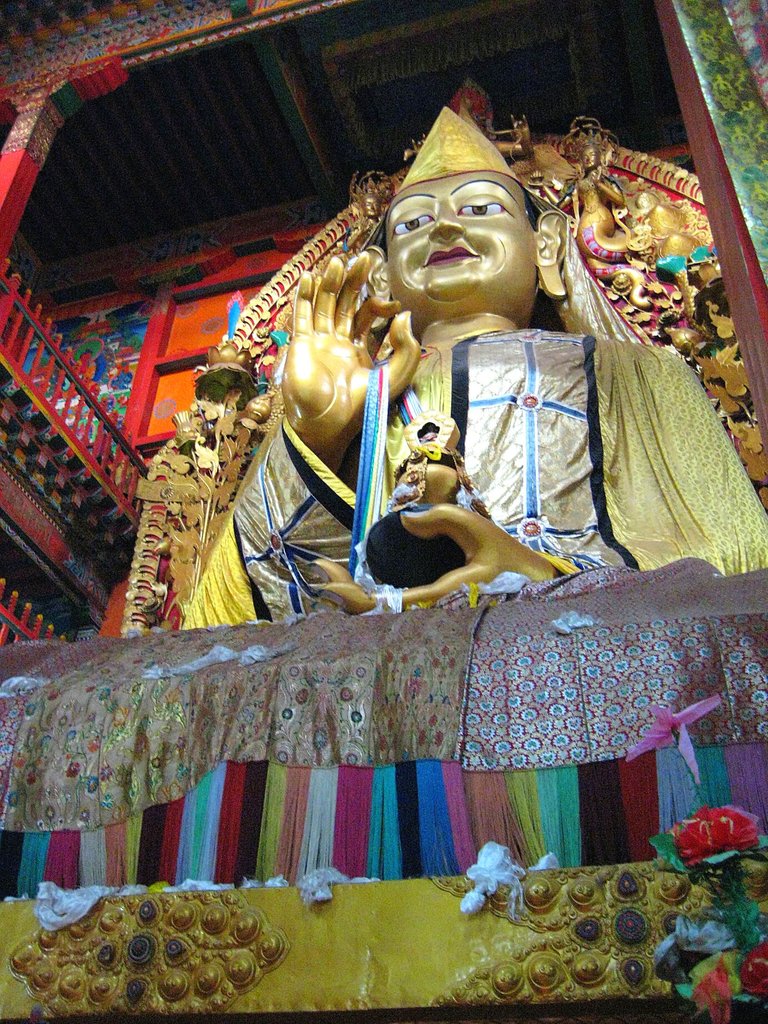
| Acc. to the Wiki-page about the monastery, this is some deity. But I would guess, this is supposed to show Tsongkhapa, an important Buddhist monk from the 14th century. | Laut Wikipedia ist dies eine Gottheit im Kloster. Mir scheint das jedoch Tsongkhapa zu zeigen, einen wichtigen buddhistischen Mönch des 14. Jahrhunderts. |
|---|
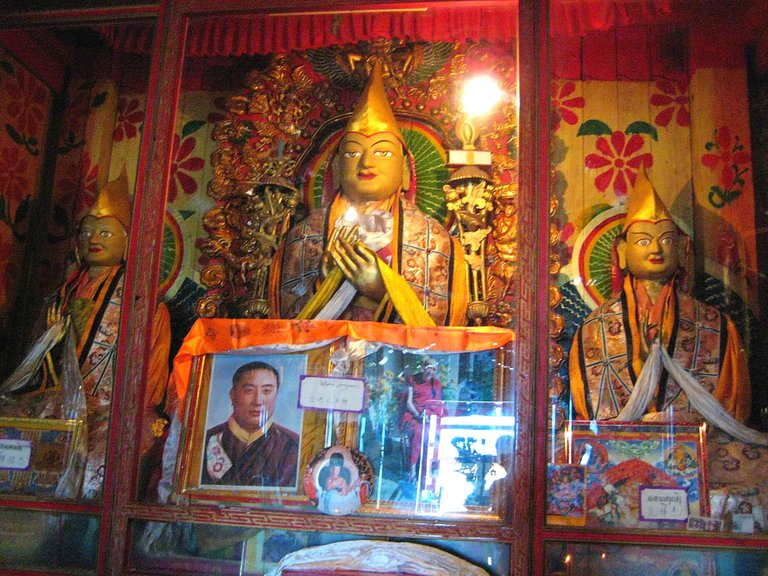
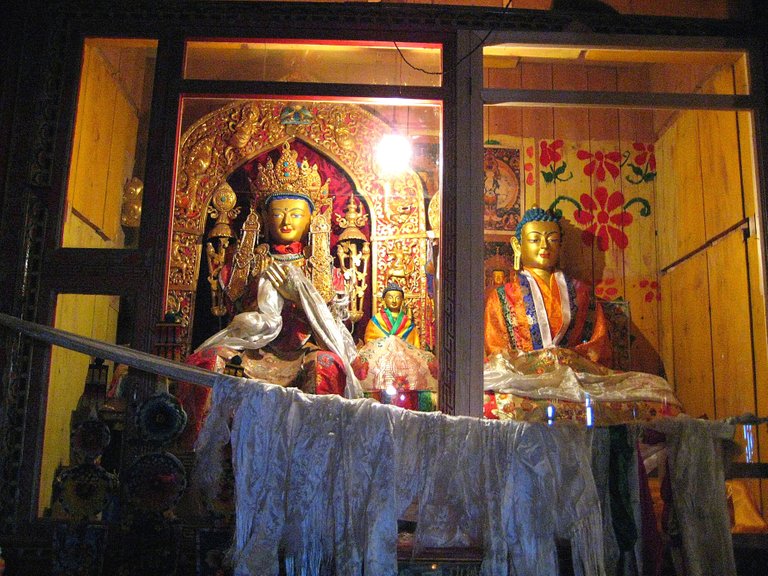
| More Buddhas & lamas. | Mehr Buddhas & Lamas. |
|---|
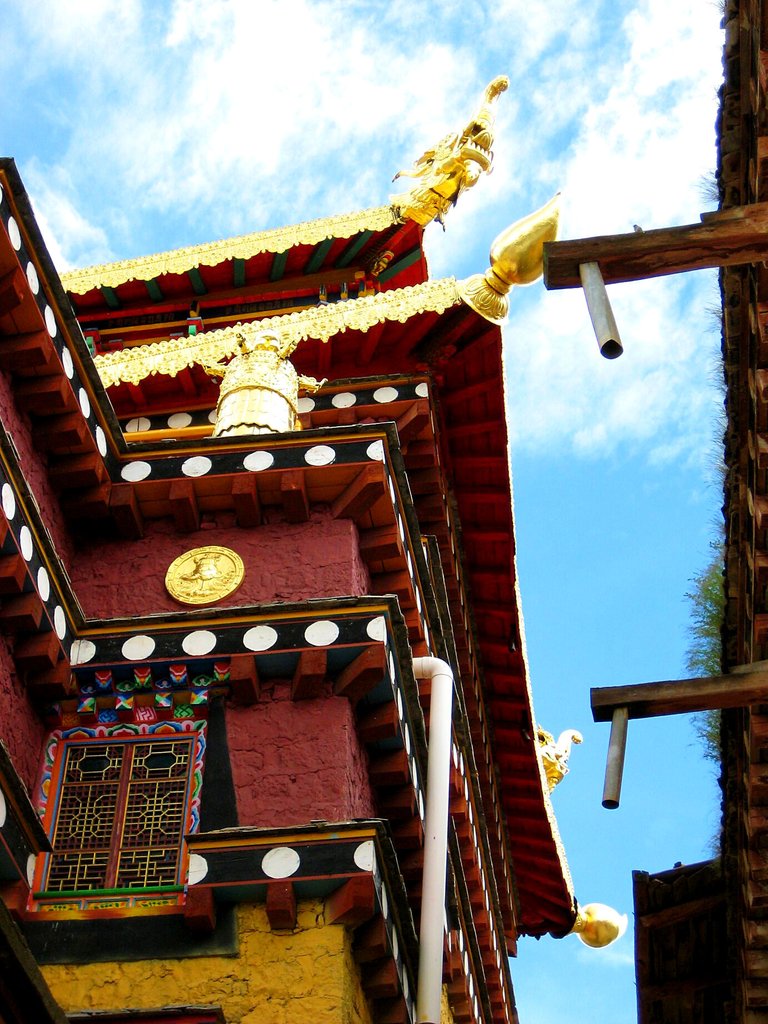
| Interesting architectural details. | Interessante architektonische Details. |
|---|

| As I said, loads of yellow-billed choughs. & when we left, we found more evidence that this was actually China: | Wie gesagt, haufenweise Dohlen. & als wir rausgingen, der Beweis, daß wir in China waren: |
|---|

| Fun (well) fact: When the monastery had been destroyed in the Cultural Revolution, many local citizens used debris to build or decorate their own homes. After that huge fire in 2014, many superstitious residents returned that stuff to the monastery. For more info about Gyalthang & the Ganden Sumtseling Monastery look at the following links: | Fun Fact: Als das Kloster in der Kulturrevolution zerstört worden war, nutzten viele Einwohner die Überreste, um ihre Häuser zu bauen oder zu dekorieren. Nach dem Großbrand 2014 brachten viele abergläubische Bürger diese Überreste zurück zum Kloster. Weitere Infos über Gyalthang & das Kloster finden sich in folgenden Links (meist nur Englisch): |
|---|
https://en.wikipedia.org/wiki/Shangri-La_City
https://en.wikipedia.org/wiki/Ganden_Sumtseling_Monastery
https://wikitravel.org/en/Shangrila
https://perspectivesquilt.com/tag/zhongdian/
https://notatherdesk.com/glimpse-tibetan-world-shangri-la/
The History of Gyalthang Under Chinese Rule: Memory, Identity, and Contested Control in a Tibetan Region of Northwest Yunnan
| Gyalthang is definitely worth a visit, if you are in Yunnan, anyway. If you want to experience the real Tibet, though, you should probably look at other places. & that should be it with Gyalthang. Perhaps I'll write something more about what happened there in the Cultural Revolution, but I'm not sure. For now, just a few more pics: | Gyalthang ist definitiv eine Reise wert, jedenfalls wenn man sowieso in Yunnan ist. Wer das echte Tibet erleben will, sollte sich jedoch andernorts umsehen. & das soll es gewesen sein mit Gyalthang. Vielleicht kommt noch was nach über die Kulturrevolution dort, ist aber nicht sicher. Jetzt erstmal noch ein paar Bilder: |
|---|
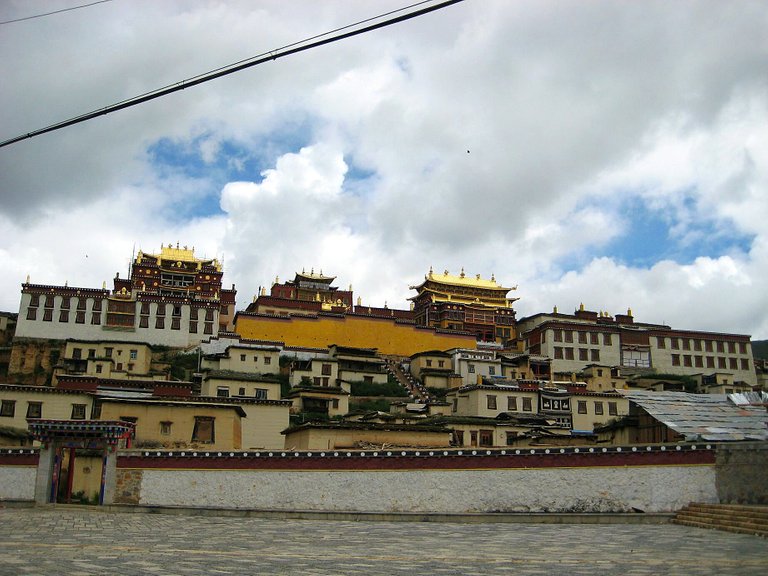

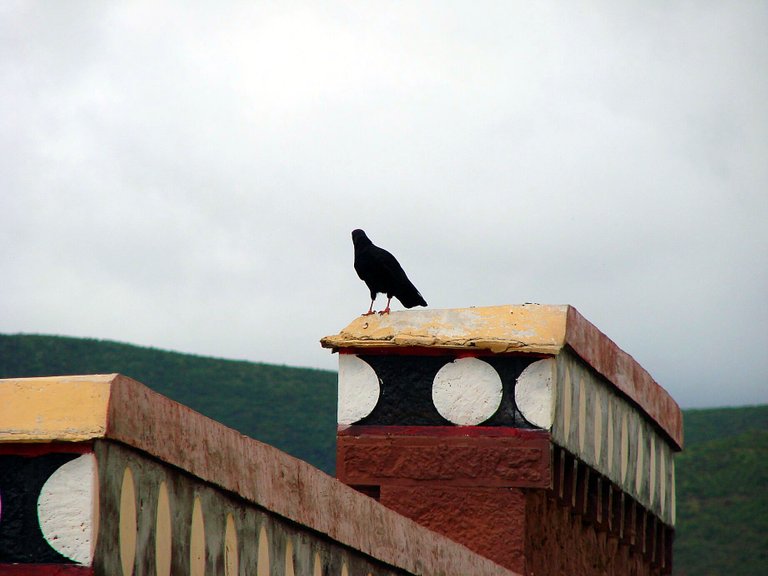
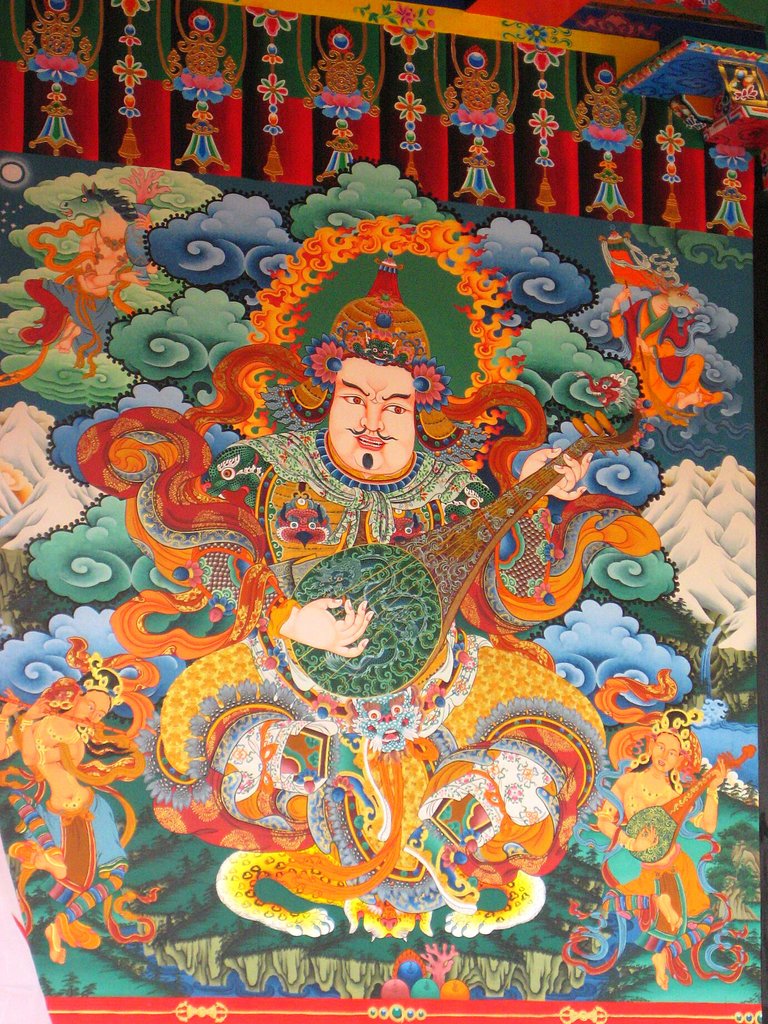
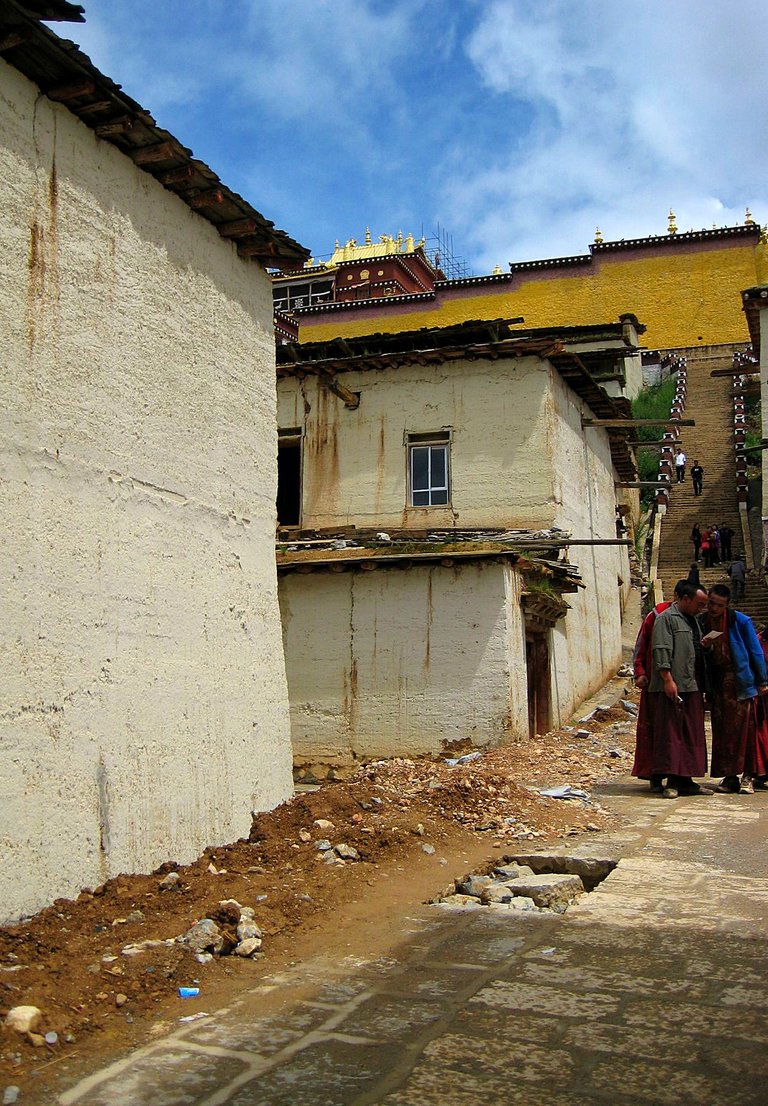
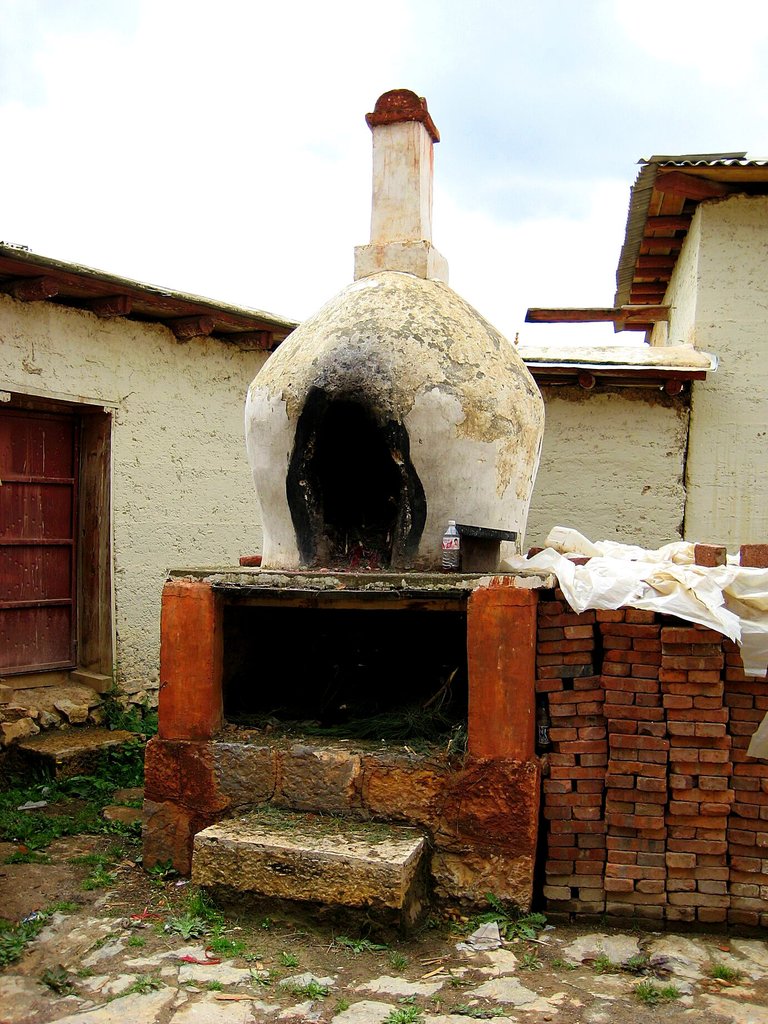

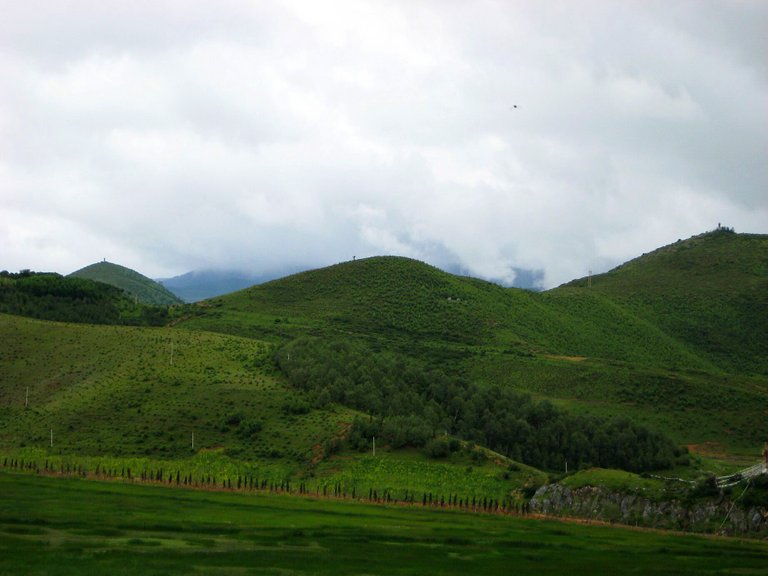
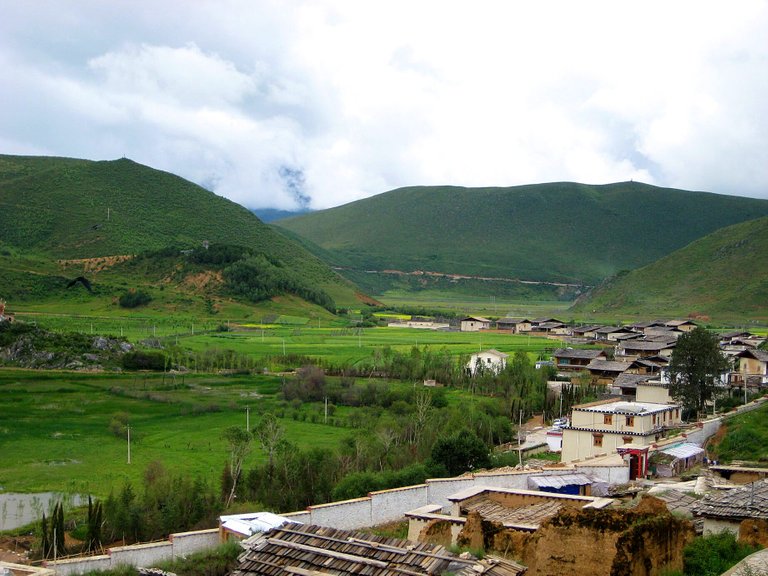

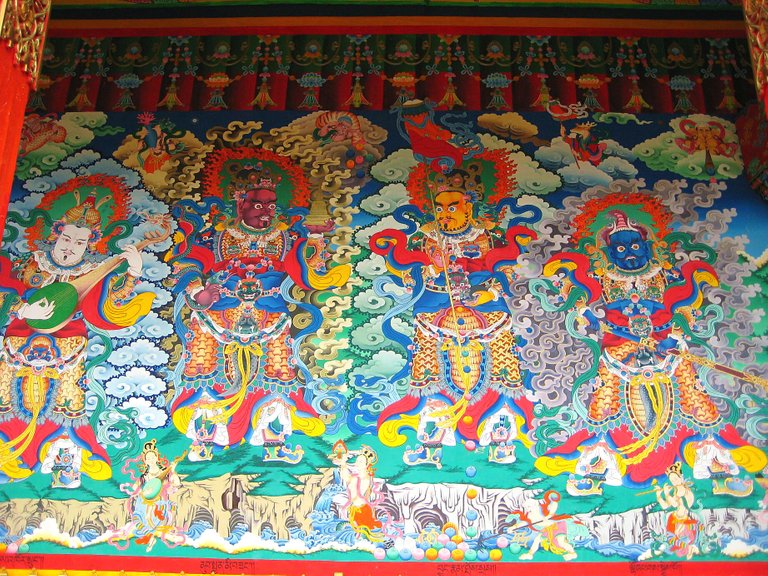
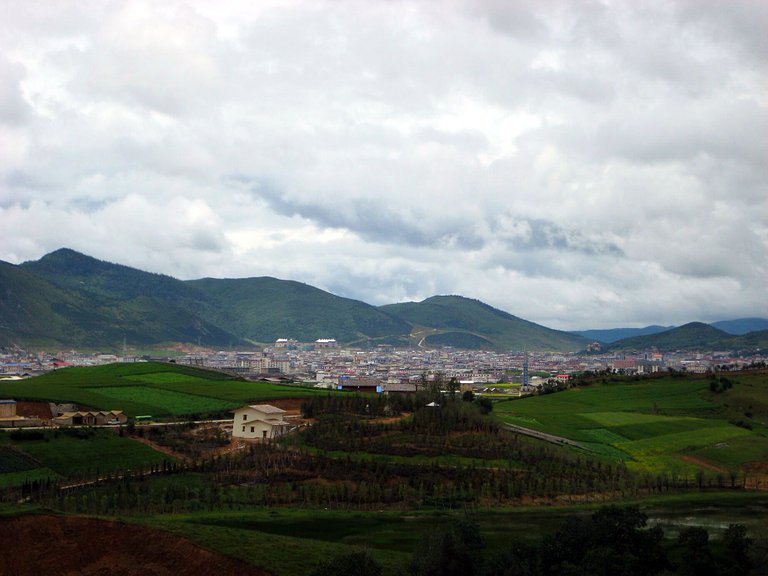


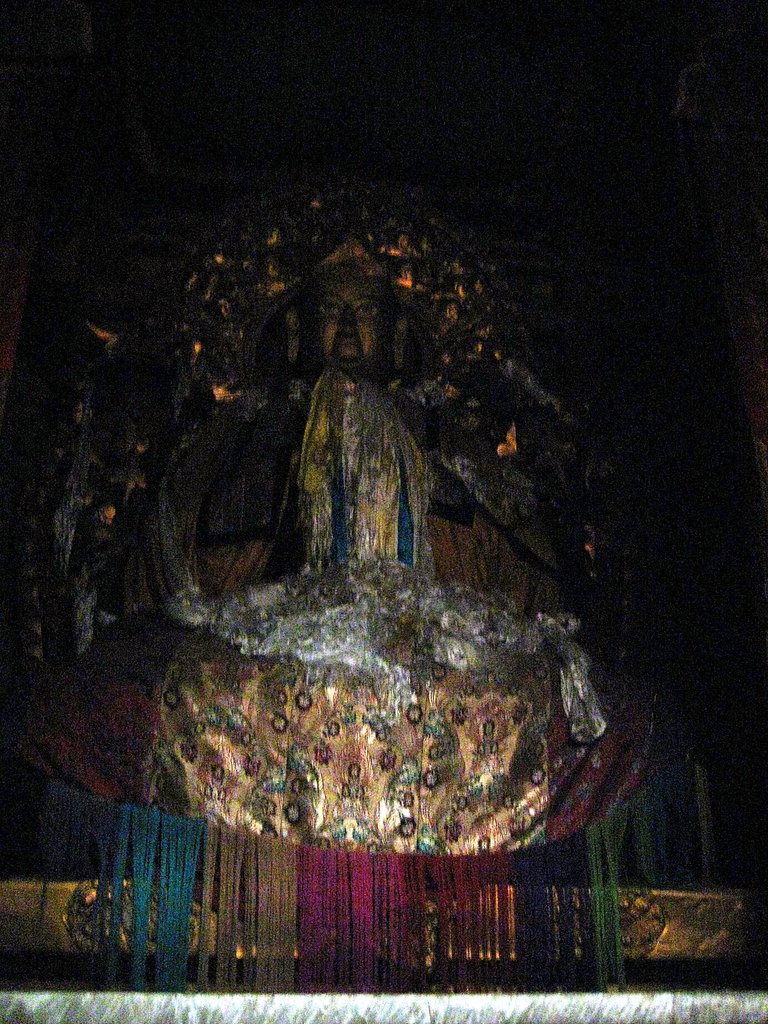
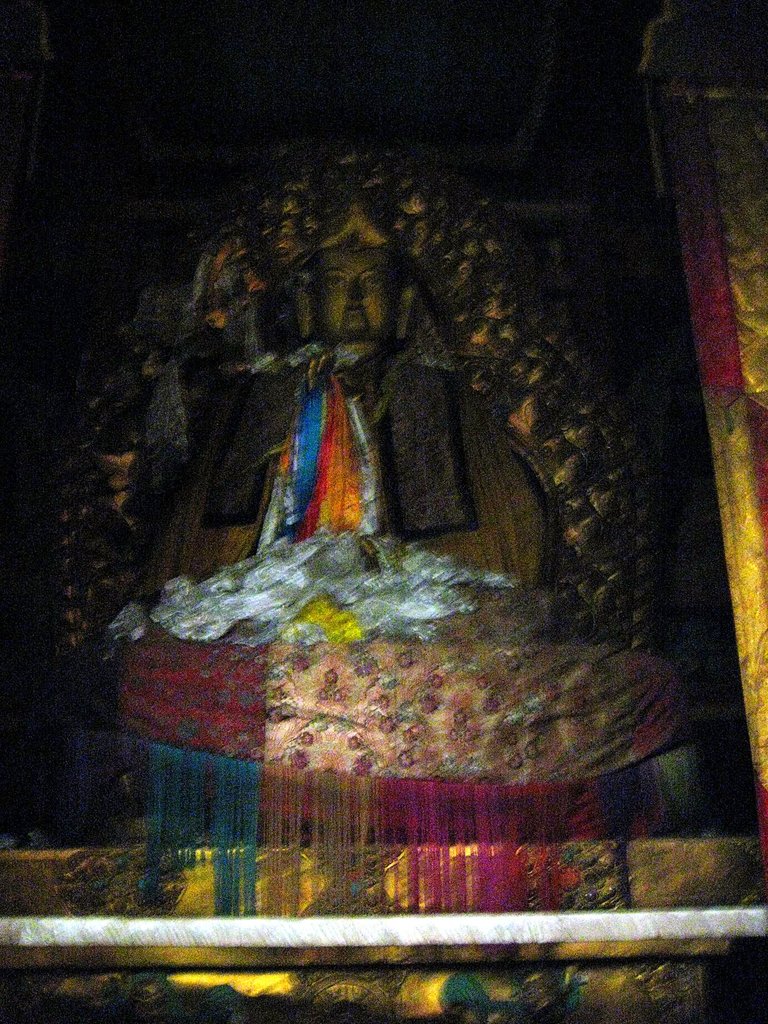
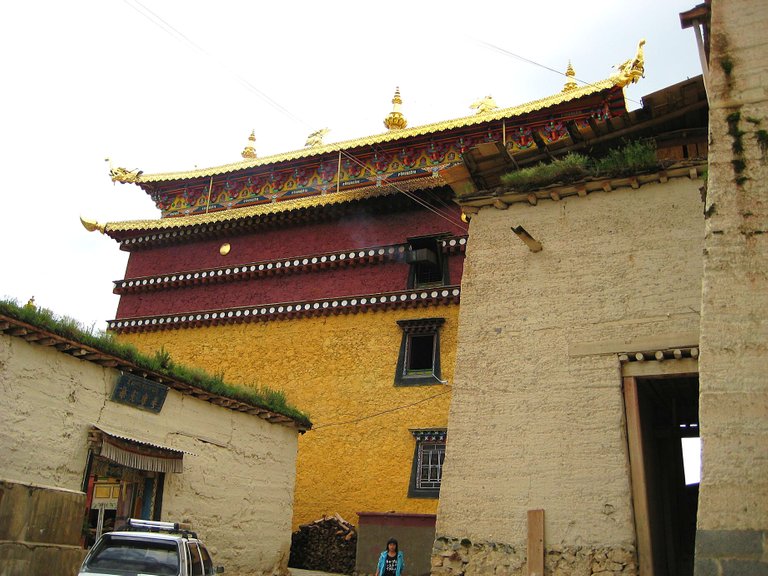

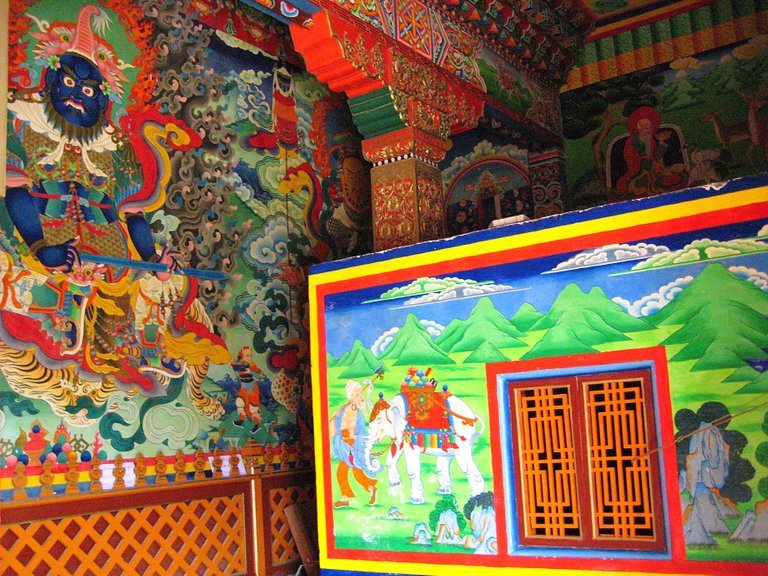

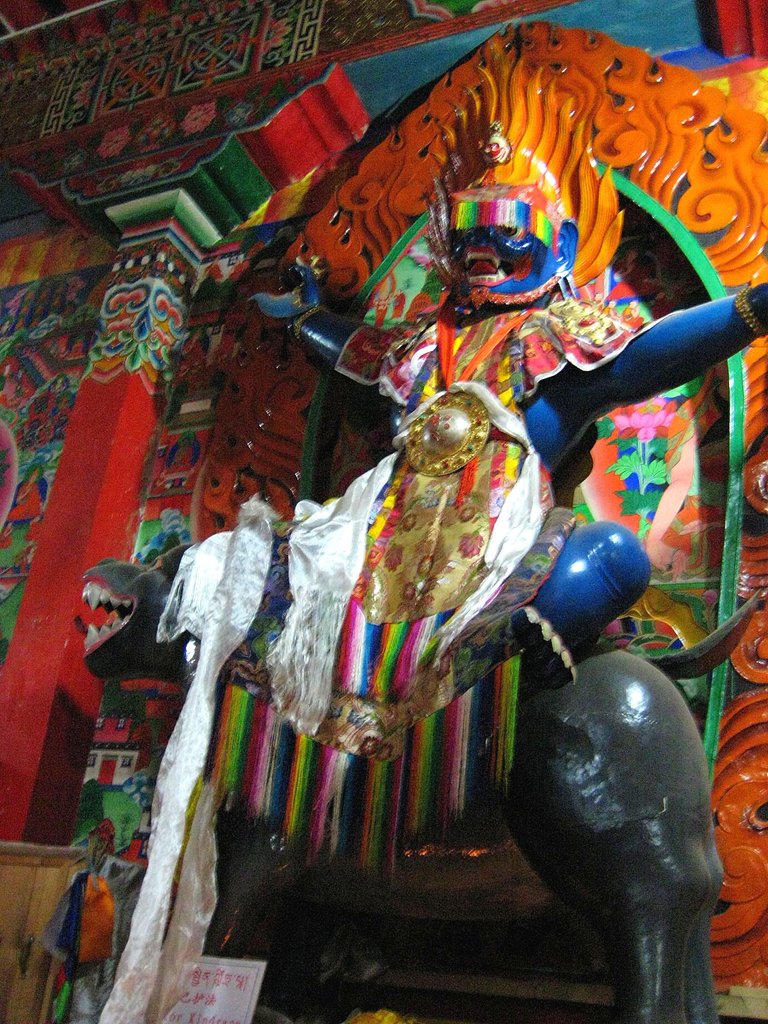
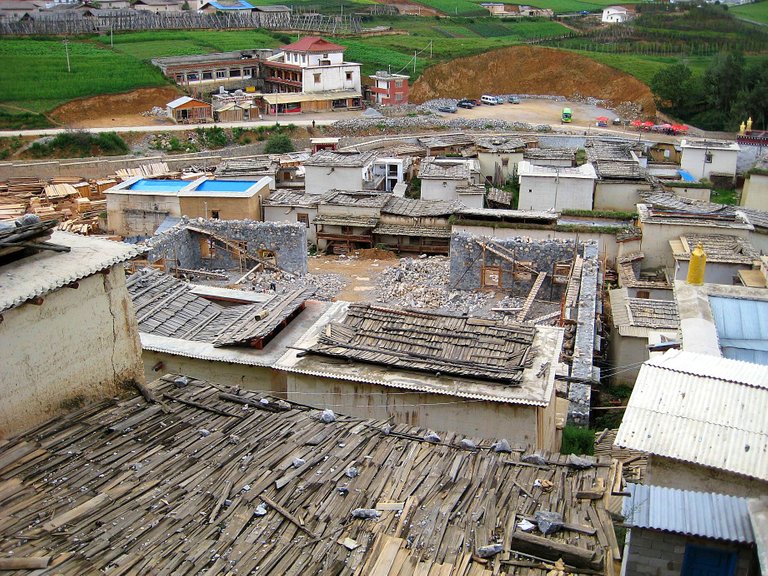
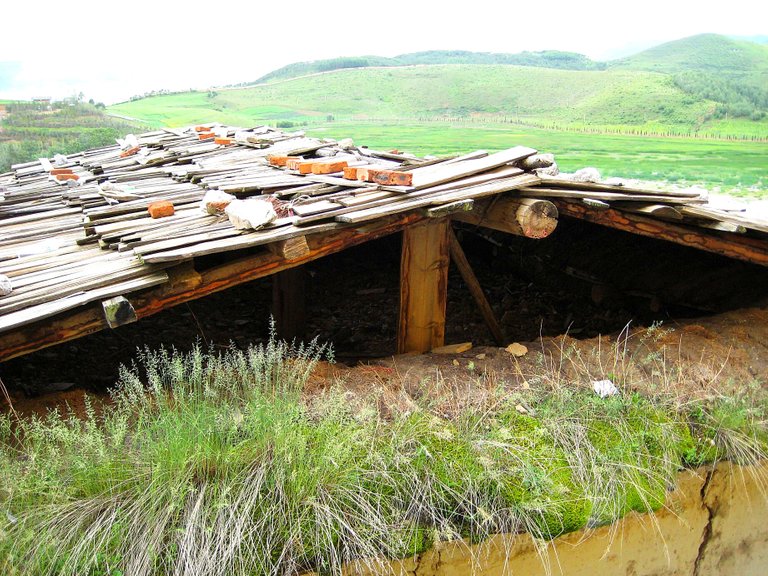

Tolle Fotos. Warst du nur 3 Tage dort?
Leider ja. Für die Touristenattraktionen da ist das aber auch schon genug Zeit.
The rewards earned on this comment will go directly to the people( @polish.hive ) sharing the post on Twitter as long as they are registered with @poshtoken. Sign up at https://hiveposh.com.
Congratulations, your post has been added to Pinmapple! 🎉🥳🍍
Did you know you have your own profile map?
And every post has their own map too!
Want to have your post on the map too?
Thank you!
@bossel Undoubtedly, they are Cities that contain a history of their culture and religion in their Temples and Monasteries for centuries, where the figures and colors speak for themselves. Your photos are very enriching.
Thanks!
Hiya, @LivingUKTaiwan here, just swinging by to let you know that this post made it into our Top 3 in Daily Travel Digest #1707.
Your post has been manually curated by the @pinmapple team. If you like what we're doing, please drop by to check out all the rest of today's great posts and consider supporting other authors like yourself and us so we can keep the project going!
Become part of our travel community:
Thanks a lot!
Tibet is one of my favourite place to visit. Thank you so much for those pictures and words to explain the detail of the ancient monastery.
There are a lot of buddhas here in HK too hehe
Click on the badge to see your board.
Thank you to our sponsors. Please consider supporting them.
This post is outstanding! Congratulations on how you made it and for the detailed descriptions. You have conveyed all the charm of Buddhist culture.
Thank you!
Amazing! great post, congratulations.
!PIZZA
Thanks!
Thank you so much for your support of my @v4vapp proposals in the past, my previous one expired this week.
I'd be really happy if you would continue supporting my work by voting on this proposal for the next 6 months:
Additionally you can also help this work with a vote for Brianoflondon's Witness using KeyChain or HiveSigner
If you have used v4v.app I'd really like to hear your feedback, and if you haven't I'd be happy to hear why or whether there are other things you want it to do.